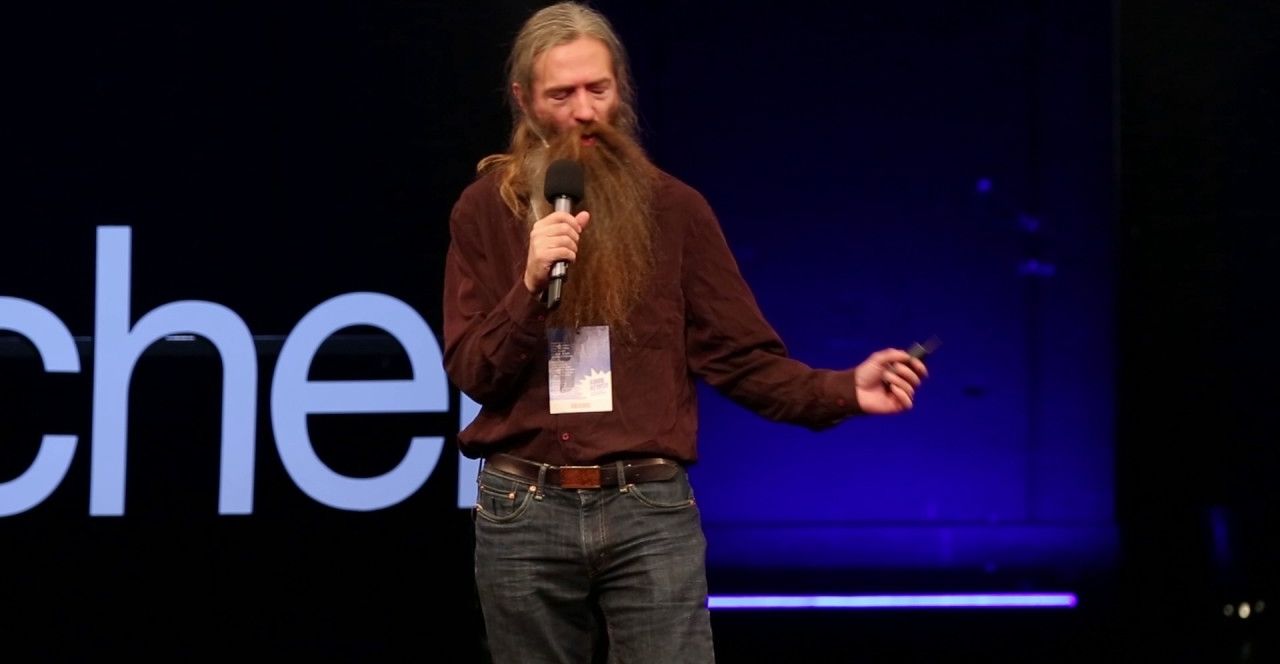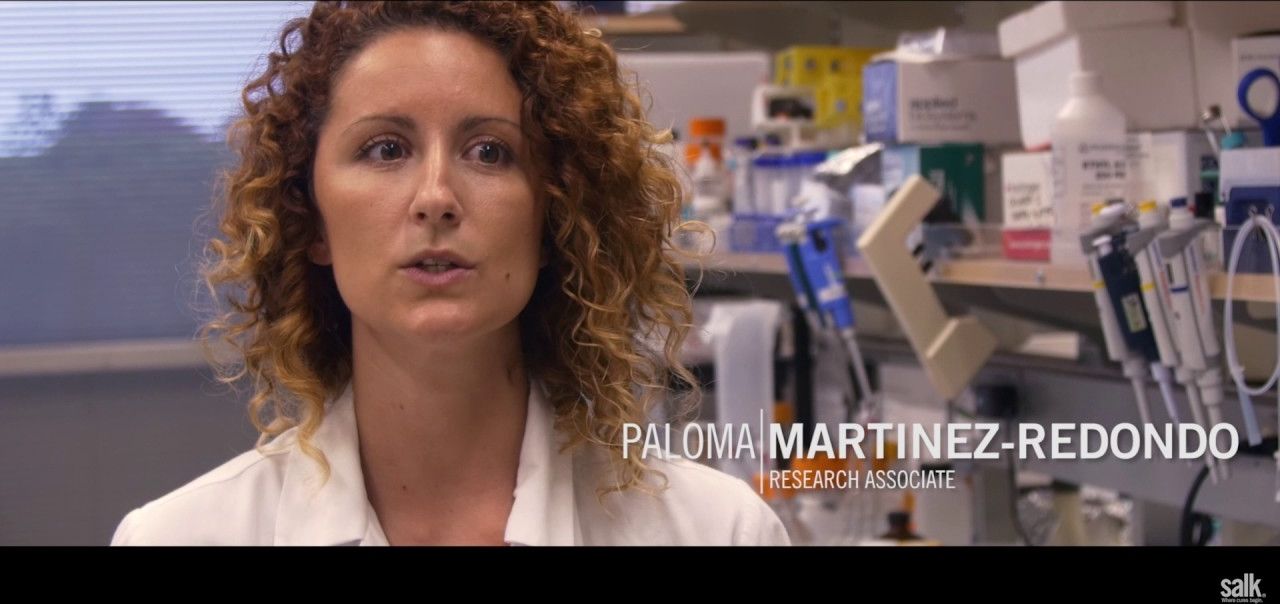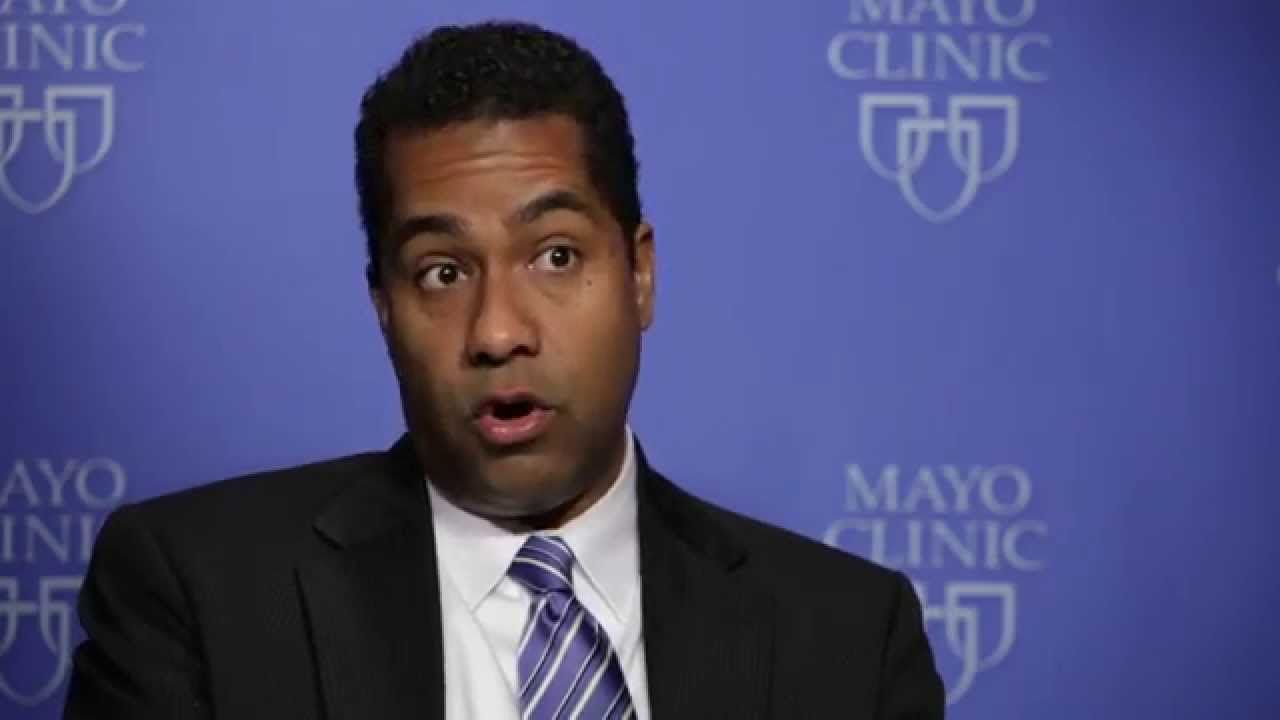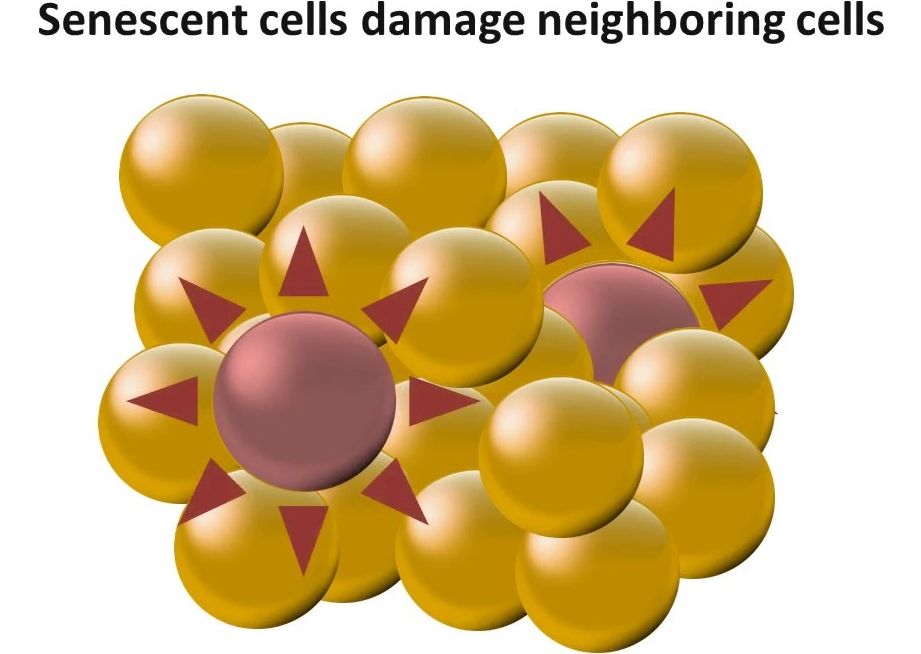Archive for the ‘life extension’ category: Page 573
Feb 2, 2017
How we can finally win the fight against aging
Posted by Montie Adkins in categories: biotech/medical, computing, life extension

I really wanna know why people don’t get this.
For more information on Aubrey de Grey, please visit our website www.tedxmuenchen.de
Continue reading “How we can finally win the fight against aging” »
Feb 1, 2017
Salk scientists reverse signs of aging in mice
Posted by Dan Kummer in categories: biotech/medical, life extension

Scientists at the Salk Institute have found that intermittent expression of genes normally associated with an embryonic state can reverse the hallmarks of old age. This approach, which not only prompted human skin cells in a dish to look and behave young again, also resulted in the rejuvenation of mice with a premature aging disease, countering signs of aging and increasing the animals’ lifespan by 30 percent. The early-stage work provides insight both into the cellular drivers of aging and possible therapeutic approaches for improving human health and longevity.
http://www.salk.edu/news-release/turning-back-time-salk-scie…gns-aging/
Jan 30, 2017
International Longevity & Cryopreservation Summit
Posted by Steve Hill in categories: cryonics, life extension
New H+ Longevity and Cryo event in Spain!
The First Longevity and Cryonics event in Spain will be held on May 26–28 2017 In Madrid.
Jan 30, 2017
Ageing is natural. Rejuvenation is not
Posted by Nicola Bagalà in categories: biotech/medical, genetics, life extension
Some people object we shouldn’t cure ageing because it is natural. Well, so is malaria, for example…
You know, I may even agree ageing is ‘natural’. If we define natural as something that happens spontaneously, without external intervention, as a consequence of chemical and physical interactions, then yes, ageing is natural. This is not a great argument in favour of ageing, though, because there are very many perfectly natural things that are really bad for you, ranging on the badness spectrum pretty much anywhere from ‘mildly upsetting’ to ‘catastrophically apocalyptic’: mosquito bites, genetic diseases, viral diseses, earthquakes, tsunamis, stars going nova, being eaten by lions, cancer, a pidgeon pooing on the fancy suit you rented for your wedding precisely when you say ‘I do’, bacterial infections, and so on. So, okay, maybe ageing is natural. So what? It is also the number one cause of suffering and diseases in the western world. Frankly, I don’t give a damn if it is natural or not. It’s still pretty bad.
Speaking of rejuvenation being not natural, I could nitpick a lot. I could ask, what is ‘not natural’? Is it anything human made? Then what about things made by animals? For example, if a building is ‘not natural’, what about a beehive then? Natural or not? Given we humans have a natural tendency to tweak things around to make them work the way we want, wouldn’t rejuvenation be our natural response to the problem of ageing, just like medicines are our natural response to the problem of diseases?
Jan 29, 2017
TDP43 and Alzheimer’s Study
Posted by Karen Hurst in categories: biotech/medical, life extension, neuroscience

TDP-43 Protien tied to Alzheimers according to a Mayo Clinic Study.
Since the time of Dr. Alois Alzheimer himself, two proteins (beta-amyloid (Aβ) and tau) have become tantamount to Alzheimer’s disease (AD). But a Mayo Clinic study challenges the perception that these are the only important proteins accounting for the clinical features of the devastating disease.
Jan 28, 2017
Forever Young? There’s Officially An Anti-Aging Pill For Dogs
Posted by Shane Hinshaw in categories: biotech/medical, life extension
In Brief:
- A drug seems to be showing signs of reversing the effects of aging in dogs and mice. Studies are being conducted on the effectiveness in humans.
- The drug has some major side effects linked to it and there is no guarantee it will be as effective in humans.
Aging is a spectre we all must face one day…but is this the way that it will always be? Medical researchers hope to delay or even reverse the onset of aging, and some are already claiming that they’ve made inroads to immortality.
Jan 27, 2017
Senolytics – Taking Out The Trash Might Keep You Fit And Healthy
Posted by Steve Hill in categories: biotech/medical, life extension

https://youtube.com/watch?v=6A1knkZiysQ
Clearing out senescent cells could lead to better fitness and health as we age.
From around age forty we start to lose muscle mass due to various aging processes, one of these processes is the accumulation of senescent cells. Senescent cells are simply cells that have become damaged or have reached their maximum number of divisions. Normally these cells are shut down by a kind of self destruct program inside the cell, ready to be disposed of by the immune system.
Continue reading “Senolytics – Taking Out The Trash Might Keep You Fit And Healthy” »
Jan 27, 2017
Scientists Find the Real Fountain of Youth — Inside Our DNA
Posted by Shane Hinshaw in category: life extension
Are you an avid supporter of aging research and a keen longevity activist?
The Biogerontology Research Foundation is offering select summer internships for talented individuals. You’d join a passionate and supportive team in researching diagnostic, prognostic, and therapeutic strategies; advising a panel of investors in developing a roadmap to promote longevity science and related technologies across the globe.
The advertised positions are 3 month internships, with the possibility of continuing afterwards. Free accommodation will be provided for in London, alongside a negotiable salary.
The Biogerontology Research Foundation is a UK based think tank dedicated to aging research and accelerating its application worldwide.













